We have seen the inspirational quotes encouraging us to get out and do something different—something we wouldn’t normally do. One of my favorites is, “Life Begins at the End of Your Comfort Zone,” by Neale Donald Walsch.
We know it’s important to push the boundaries of our comfort zone, and that when we do, it’s kind of a big deal. But what is the “comfort zone” exactly? Why is it that we tend to get comfortable with the familiar and our routines? What benefit do we obtain from breaking out of our comfort zone?
There’s actually a lot of science that explains why it’s so hard to break out of our comfort zone, and why it’s good for us when we do it. With a little understanding and a few adjustments, we can break away from our routines and do great things. Let’s get started!
Optimal Anxiety
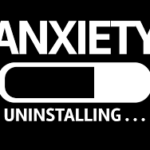 The idea of the comfort zone dates back to 1908, with a classic psychology experiment by Robert M. Yerkes and John D. Dodson. They found that a state of relative comfort created a steady level of performance.
The idea of the comfort zone dates back to 1908, with a classic psychology experiment by Robert M. Yerkes and John D. Dodson. They found that a state of relative comfort created a steady level of performance.
If you’re a go-getter like me, looking to make the magic happen, you are looking to maximize performance. We need a state of relative anxiety—a space where our stress levels are slightly higher than normal. This space is called “Optimal Anxiety,” and it’s just outside our comfort zone. Can you think of a time when you operated within “optimal anxiety?”
However, too much anxiety and our performance drops off sharply! Anyone who has ever pushed themselves to get to the next level, knows that when you really challenge yourself, you can turn out amazing results. More than a few studies support this idea. However, pushing too hard can actually cause a negative effect. Reinforcing our natural tendency to return to an anxiety neutral state, the “comfort zone.” This fine line between optimal anxiety and too much anxiety is why it’s so hard to kick our brains out of the comfort zone.
Breaking Free
 So we learned that optimal anxiety is that place where your mental productivity and performance reach their peak. What’s the incentive to pushing ourselves to that next level? Here is what you get once you’re able to step outside of your comfort zone:
So we learned that optimal anxiety is that place where your mental productivity and performance reach their peak. What’s the incentive to pushing ourselves to that next level? Here is what you get once you’re able to step outside of your comfort zone:
Productivity
Comfort kills productivity because without the sense of unease that comes with deadlines and expectations, we tend to do the minimum required to get by. We lose the drive and ambition to do more and learn new things. Pushing personal boundaries helps you hit your stride sooner, get more done, and find smarter ways to work.
Flexibility
You’ll have an easier time dealing with new and unexpected changes. By taking risks in a controlled fashion and challenging yourself to things you normally wouldn’t do, you experience uncertainty in a controlled, manageable environment. Choosing to live outside your comfort zone better prepares you for when life changes force you out of it.
Creativity
Seeking new experiences, learning new skills, and opening the door to new ideas inspire us and educate us in a way that nothing else can. Trying new things can make us reflect on our old ideas and where they clash with our new knowledge, and inspire us to learn more and challenge our biases, our tendency to only seek out information we already agree with. A positive, uncomfortable experience can help us brainstorm, see old problems in a new light, and tackle the challenges we face with new energy.
The benefits you get after stepping outside of your comfort zone have a domino effect throughout your personal and professional life. There’s an overall self-improvement you get through broadening your horizons: the skills you’re learning, the new foods you’re trying and the new avenues you’re exploring.
Once you begin stepping out of your comfort zone, it does get easier. You become accustomed to that state of optimal anxiety. It becomes normal to you, and you’re willing to push farther before your performance falls off. As you challenge yourself, your comfort zone adjusts so what was difficult, and anxiety-inducing becomes easier as you repeat it.
Contact Alpine Small Business Solutions to discuss what we can take off your plate to help you reach your level of optimal anxiety.



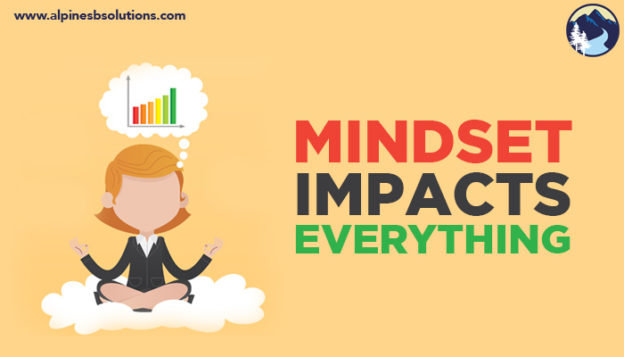
 Growth Mindset
Growth Mindset Fixed Mindset
Fixed Mindset Whether you’re aware of it or not, you keep a running account of what’s happening, what it means, and what you should so. Our minds are constantly monitoring and interpreting. That’s just how we stay on track. Mindset frames the running account of what is taking place. It guides the whole interpretation process.
Whether you’re aware of it or not, you keep a running account of what’s happening, what it means, and what you should so. Our minds are constantly monitoring and interpreting. That’s just how we stay on track. Mindset frames the running account of what is taking place. It guides the whole interpretation process. Changing from a fixed mindset to a growth mindset is not like surgery; you can’t remove a fixed mindset and replace it with a growth mindset. You must work on nurturing a positive, growth mindset. These are tips from
Changing from a fixed mindset to a growth mindset is not like surgery; you can’t remove a fixed mindset and replace it with a growth mindset. You must work on nurturing a positive, growth mindset. These are tips from
 Sure, you want as many
Sure, you want as many  Joining an already established group opens you up to getting your organization’s name seen by new contacts, such as leaders in your industry or potential new customers. You can showcase your value to these individuals by answering questions with your expertise or sharing valuable content from your website. Consistent
Joining an already established group opens you up to getting your organization’s name seen by new contacts, such as leaders in your industry or potential new customers. You can showcase your value to these individuals by answering questions with your expertise or sharing valuable content from your website. Consistent  Measurement of group involvement can be done through a variety of ways, including
Measurement of group involvement can be done through a variety of ways, including 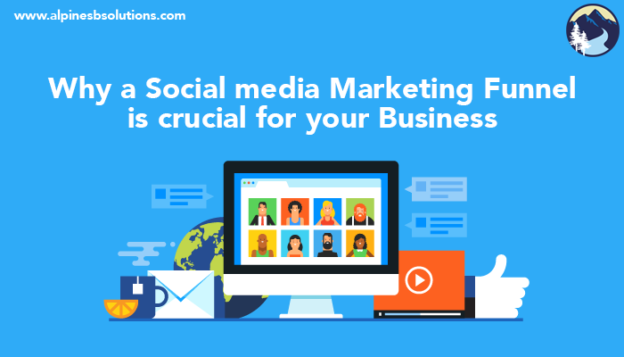
 The “
The “ When you create a social media sales funnel, you supercharge your
When you create a social media sales funnel, you supercharge your  Once you know which channels to be on, you can work on generating that awareness. Facebook ads, for example, can help potential customers discover your page. When applicable, tag other organizations in your posts to help your posts show up on their followers’ pages. Cross promote your social channels through strategies like including the social links in your email signatures or newsletters.
Once you know which channels to be on, you can work on generating that awareness. Facebook ads, for example, can help potential customers discover your page. When applicable, tag other organizations in your posts to help your posts show up on their followers’ pages. Cross promote your social channels through strategies like including the social links in your email signatures or newsletters.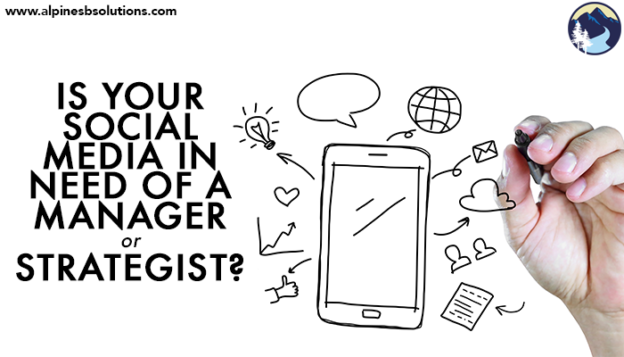
 Think of your social media as a body. Your goal is a healthy thriving body, which requires two approaches.
Think of your social media as a body. Your goal is a healthy thriving body, which requires two approaches. You also need to take a long-term approach, adopting and adapting
You also need to take a long-term approach, adopting and adapting  business is chugging along like normal, you can match that approach in
business is chugging along like normal, you can match that approach in 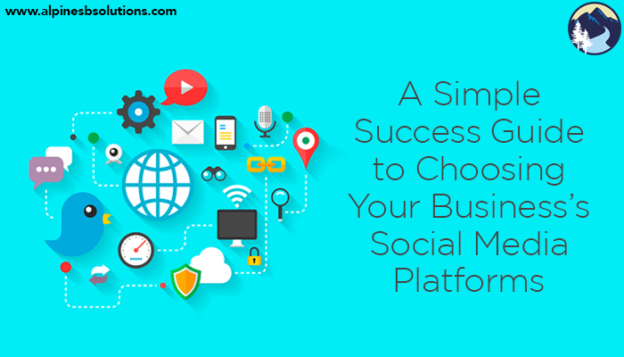

 Twitter is a great tool to direct individuals to your website. In this way you can think of Twitter and your website like a news story. The headline and the lead are the Twitter post: it draws you in and provides just enough information you know what you’ll be reading about. The body of the article is your website post: the substance and entirety of what you want your audience to read. While posts can be great at directing individuals to your site, not every post needs to. Some posts can be a short story or message in of themselves.
Twitter is a great tool to direct individuals to your website. In this way you can think of Twitter and your website like a news story. The headline and the lead are the Twitter post: it draws you in and provides just enough information you know what you’ll be reading about. The body of the article is your website post: the substance and entirety of what you want your audience to read. While posts can be great at directing individuals to your site, not every post needs to. Some posts can be a short story or message in of themselves.  Linkedin is great for increasing brand awareness and acquisition. Individuals can publish articles on
Linkedin is great for increasing brand awareness and acquisition. Individuals can publish articles on  Marketers post content to help boost their SEO. Oftentimes marketers strapped for time post their Facebook posts on
Marketers post content to help boost their SEO. Oftentimes marketers strapped for time post their Facebook posts on  Creating engaging videos is a great way to turn out shareable content, engage audiences, and improve SEO.
Creating engaging videos is a great way to turn out shareable content, engage audiences, and improve SEO.  Like Twitter,
Like Twitter, 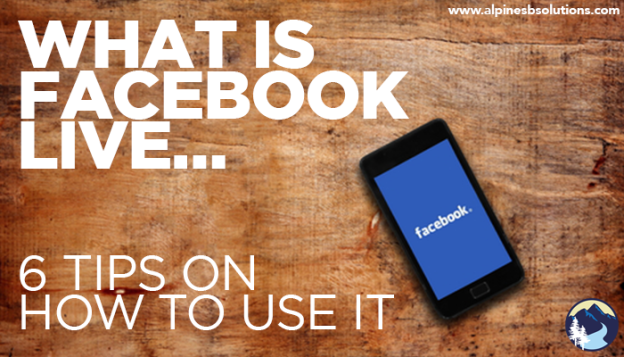
 7 Tips on How to Use Facebook Live
7 Tips on How to Use Facebook Live

 Why is cohesion of core values so important? First imagine what happens when conflicting values are at play. Employees who value efficiency over relationship building won’t engage authentically when a boss encourages small talk among the team. A company that values timeliness will encounter conflict with an employee who sees deadlines as suggestions. Employees utilizing different values when handling
Why is cohesion of core values so important? First imagine what happens when conflicting values are at play. Employees who value efficiency over relationship building won’t engage authentically when a boss encourages small talk among the team. A company that values timeliness will encounter conflict with an employee who sees deadlines as suggestions. Employees utilizing different values when handling  This is the writing the recipe stage, where you’re figuring out what you want the end result to look like. Explicitly stating the core values is the guiding direction to the authenticity and trust in a
This is the writing the recipe stage, where you’re figuring out what you want the end result to look like. Explicitly stating the core values is the guiding direction to the authenticity and trust in a  This is the stirring, mixing, pouring, and heating of the brownie batter stage. Here are several steps you can take to reinforce values in your organization:
This is the stirring, mixing, pouring, and heating of the brownie batter stage. Here are several steps you can take to reinforce values in your organization: Focus on the process, not just the results. Bosses who narrowly focus on results don’t care how it gets done, just that it does get done. Employees internalize this mentality and will often lose sight of company values (learning and improving one’s work, positive collaboration with team members, etc.) while they work for the results. As much as possible, reinforce values in your employees’
Focus on the process, not just the results. Bosses who narrowly focus on results don’t care how it gets done, just that it does get done. Employees internalize this mentality and will often lose sight of company values (learning and improving one’s work, positive collaboration with team members, etc.) while they work for the results. As much as possible, reinforce values in your employees’ 
 Create a work
Create a work 
 Summer time is a great opportunity to connect with your kids and make lasting memories. With a few simple strategies you can make sure time with family does not come at the cost of your business. If you want even more help with growing your business over the summer, delegate those tasks to Alpine Small Business Solutions! We’re here to help you with any part of business building. Just reach out with an email or phone call today.
Summer time is a great opportunity to connect with your kids and make lasting memories. With a few simple strategies you can make sure time with family does not come at the cost of your business. If you want even more help with growing your business over the summer, delegate those tasks to Alpine Small Business Solutions! We’re here to help you with any part of business building. Just reach out with an email or phone call today.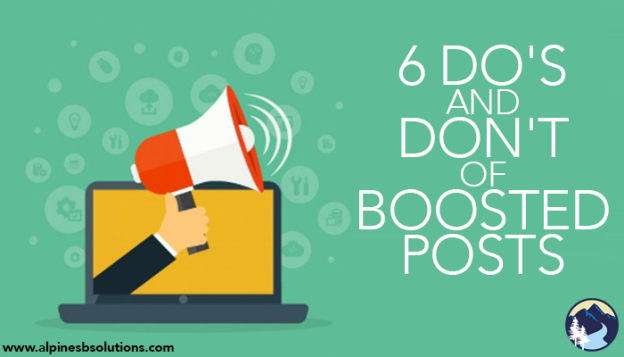

 The Dos
The Dos